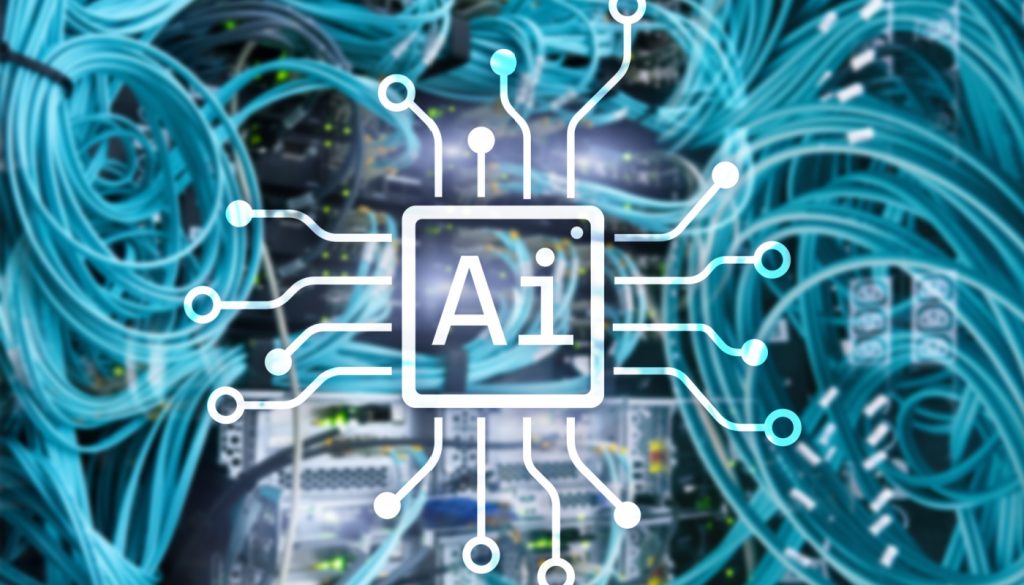Artificial intelligence is, without question, the biggest development in the IT industry. ChatGPT and other generative AI tools have captured the imagination of users and opened up a realm of possibilities for AI applications. To capitalize on this trend, all the major hardware manufacturers and software vendors are adding AI technology to their products.

Many IT organizations are overwhelmed by the hype and unsure how to incorporate AI into their operations. In many cases, however, AI tools are already in place that can make devices more functional and self-sustaining. Following is a 50,000-foot overview of these tools.
Intel Chipsets
The latest Gen 14 chips represent a dramatic departure from what Intel has done in the past. Previously, chips had a CPU and GPU. The CPU provides speed for traditional tasks, and the GPU provides throughput for graphics and other process-intensive applications. Intel’s big innovation is to add a neural engine that helps with the neural processing that enables AI without major power requirements.
Battery life is a constant challenge as laptops continue to shrink. Organizations are making business decisions around their laptop standards based on AI’s impact on performance and battery life. Large language models require significant processing power, and Intel’s neural processor makes that part of the chipset.
Device Optimization
For some time, manufacturers have tried to create basic self-healing capabilities in how they build the BIOS and how their software interacts with Microsoft. Now they’re adding AI-enabled device optimization capabilities to help alleviate some of the challenges users face. Tools like Dell Optimizer provide the ability to optimize the performance and effectiveness of the system based on the way users interact with the device. For example, Dell Optimizer provides faster application launch and transition and intelligent battery runtime.
Security
Vendors have brought forward a series of security tools to improve how devices interact with other security controls in the enterprise. HP Sure Sense is an example of an AI-based security tool that helps with the way security settings are managed on the device. Additionally, HP Sure Sense uses on-device prediction modeling to provide passive and active threat prevention.
Machine Learning
Apple’s focus is on machine learning. Apple is leveraging AI within its portfolio by using machine learning to enhance how its devices and operating systems interact with other tools such as Siri or the calendar system. On-device machine learning benefits users by keeping sensitive information on the device rather than sending it to the cloud.
Microsoft Copilot
Many organizations are using Microsoft Intune and Autopilot to move away from old-fashioned device imaging and traditional desk-side deployment. These tools eliminate the need to send technicians into the field by enabling users to bring up and configure their devices automatically. Users can also make their new devices look and feel like their old devices did.
Microsoft Copilot enables organizations to begin adding AI capabilities. For example, organizations can leverage Copilot to configure security settings at the enterprise level. Copilot becomes the quarterback that provides the ability to leverage AI within the various elements of the Microsoft suite managed under Microsoft 365.
Analytics
The Intune portfolio has always incorporated a “call home” feature that collects analytics. AI capabilities make it possible to correlate common issues to locate and fix problems. Analytics tools can identify common software issues that users are experiencing across all the devices in the enterprise. The IT team can then fix those issues before users call the help desk to report a problem. Better still, AI can be used to automatically remediate issues without manual intervention, enabling organizations to continually enhance the user experience.
Next Steps
Armed with a basic understanding of some of the AI capabilities built into devices and software today, organizations can begin determining what their standard toolsets will be. Looking beyond device standards, organizations should ensure that they have the right AI technologies to support those devices. In our next post, we’ll discuss the business impact of AI enablement and how KST Data can provide guidance in the development of an AI roadmap.
